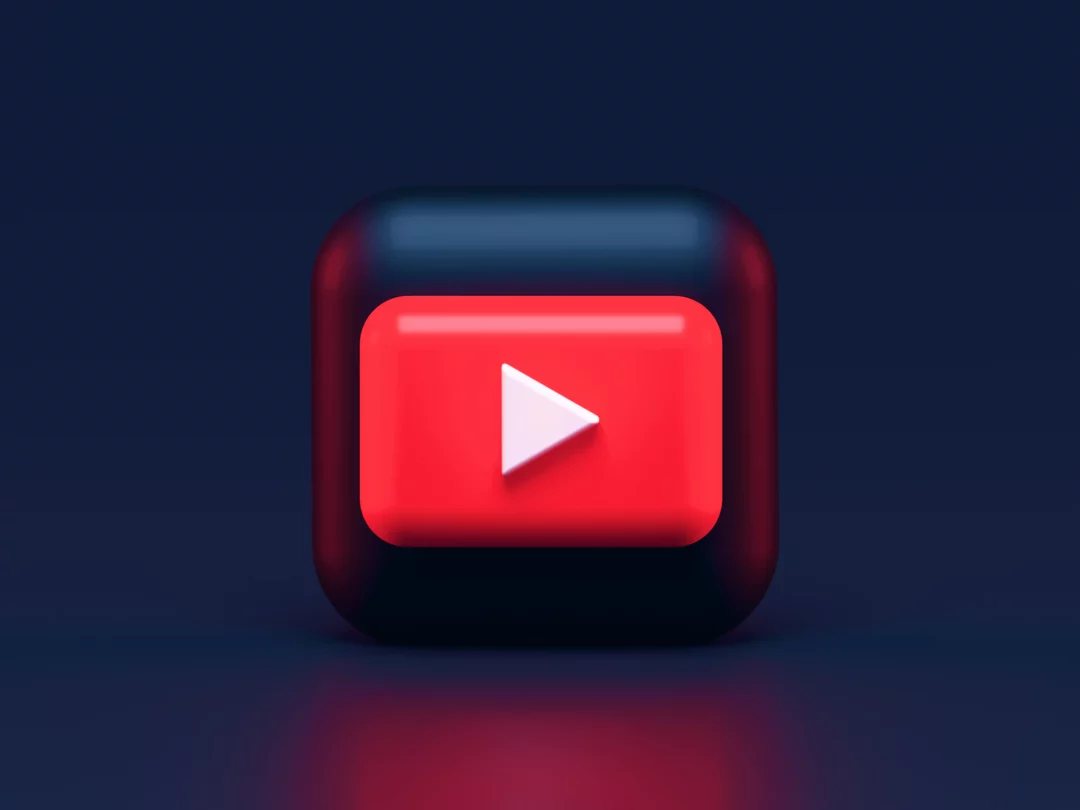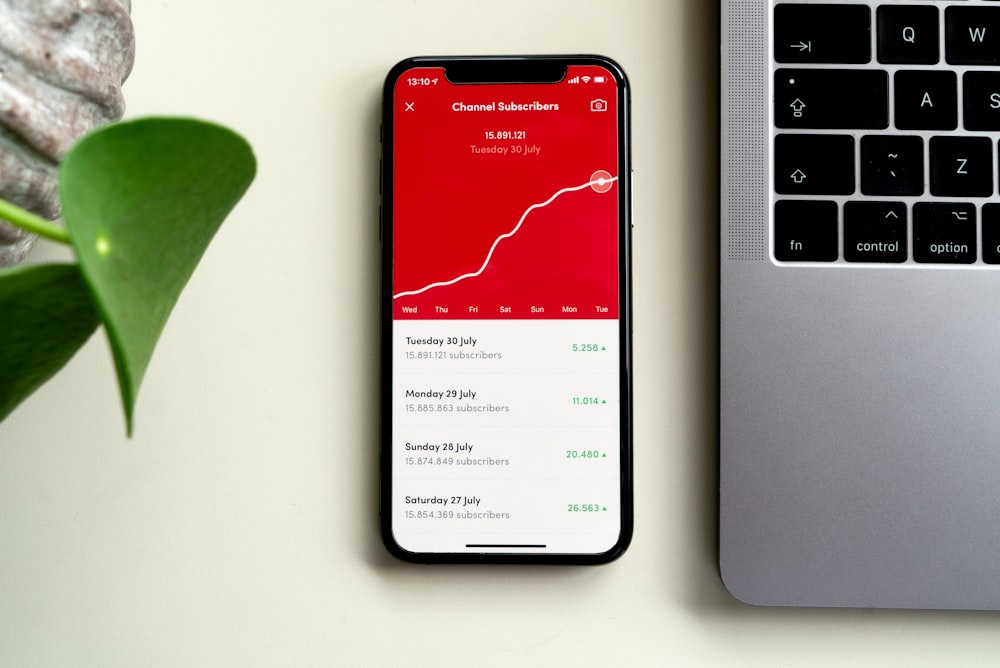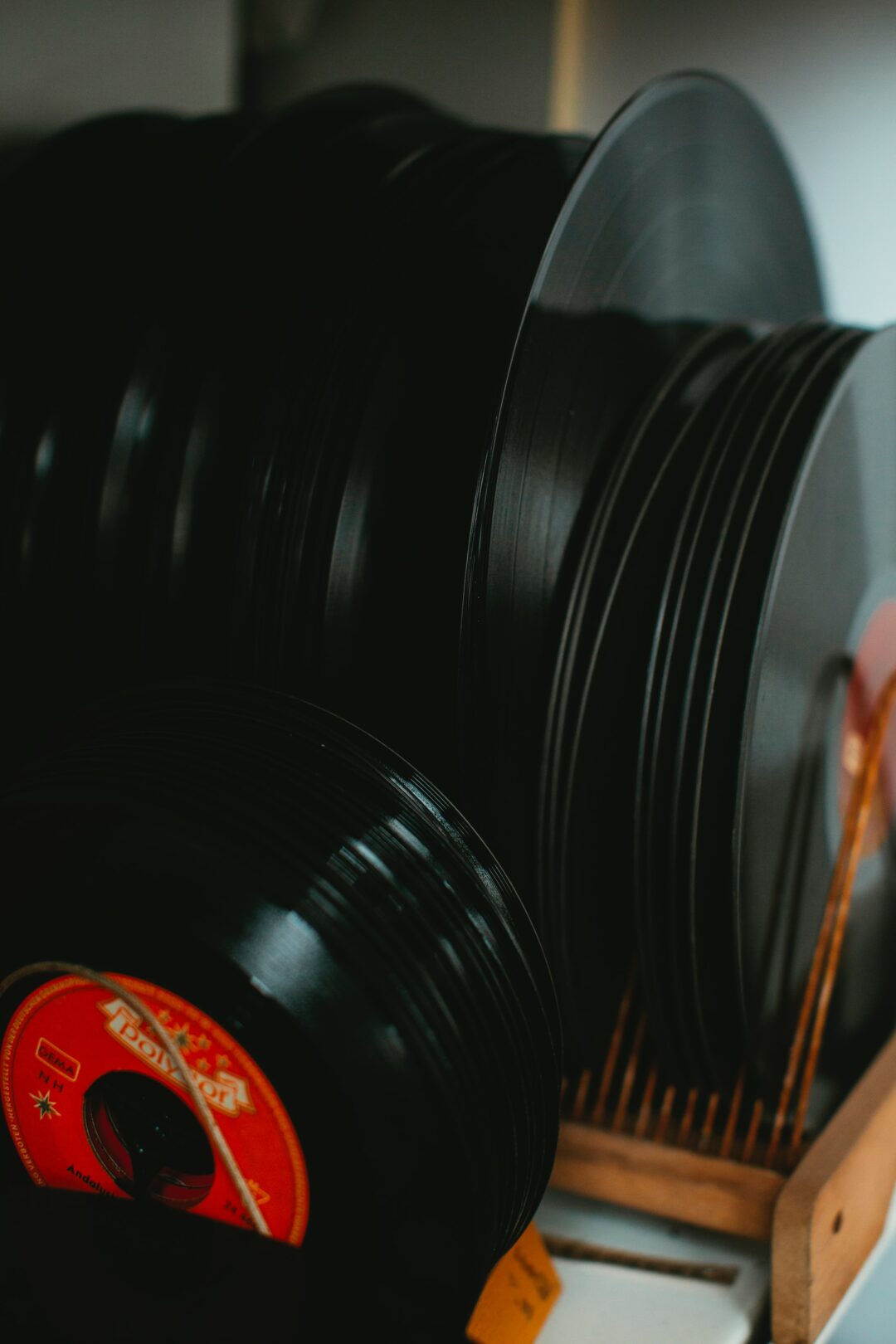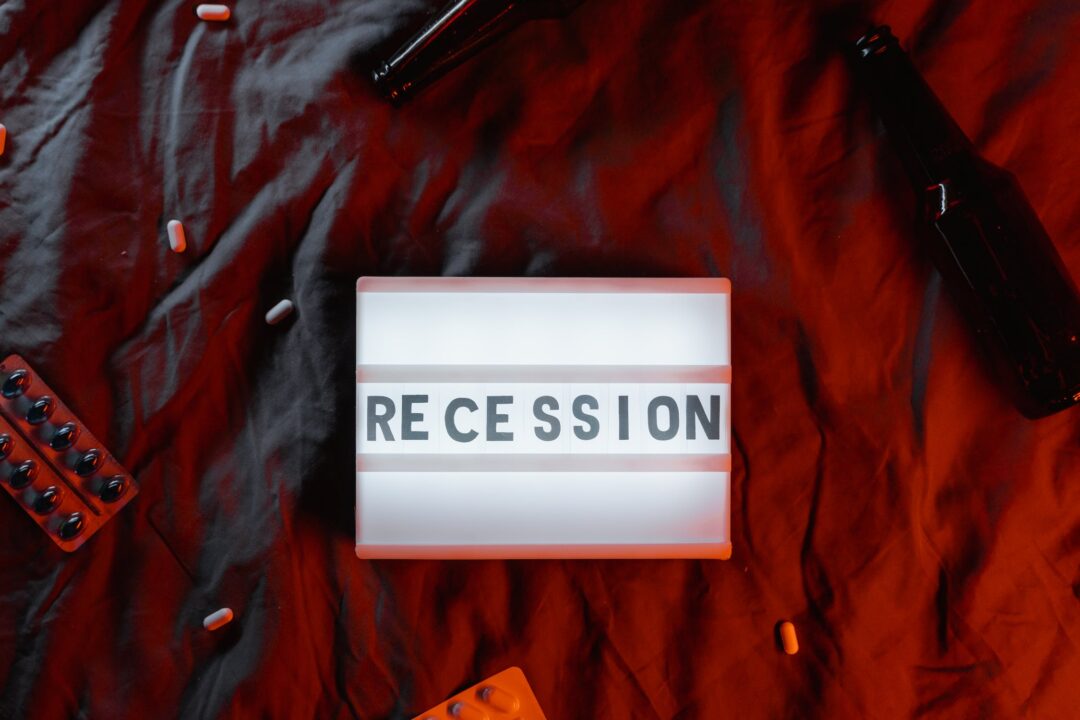With a viral music video, independent artists’ careers can change overnight, but racking up those initial streams and amassing the hype around your new music video takes plenty more than a stroke of good luck and a killer music video. Even if Tarantino himself directed it, you need to put in the work with music video promotion to ensure it makes an impact.
With over two billion people worldwide using YouTube, the video streaming platform which swung into our everyday lives in 2005, is a hotbed of music marketing potential. In this article, we will cover some of the best ways to hit the ground running on your music video marketing campaign and cover what is the best way to promote YouTube videos. Covering everything from shelling out for YouTube ads to more budget-friendly options, such as getting strategic with your keywords and thumbnails to putting the groundwork in with your existing fanbase.
The Top Six Ways to Promote Your Music Videos on YouTube
1. Utilise YouTube Ads
YouTube ads may come at a cost, but they are the number one way to promote your music videos on YouTube. If you have spent any amount of time on YouTube, you have likely encountered your fair share of YouTube adverts between watching the videos you have searched for.
With YouTube ad campaigns, you are completely in control. After you have set a budget, which will determine the cost per view, you can choose your target audience, the format of the YouTube ad, how your ads appear, and the keywords associated with your ad.
To get started, you will need a Google Adwords account, and to run an effective video promotion campaign, you will also need to have an idea of which audiences you should be targeting. You can get these insights from YouTube Analytics if you are already active on YouTube, Spotify’s Artist Insights and Google Analytics. This step may be incredibly laborious, but if you are serious about making an impactful impression with your YouTube ads, treat it as a necessary evil!
2. Verify Your YouTube Channel
Verifying your YouTube Channel takes just a few minutes, but it can have a substantial effect on your streaming stats in the long run. Verifying your account will give you access to statistics that can help you run your ad campaigns better, allow you to promote everything from merch to tours to physical copies of your music under your videos and improve the SEO of your YouTube channel. With improved SEO, you will bring more organic traffic onto your channel, which will translate to more streams on your old and new music videos.
To verify your account, head to YouTube.com/verify and enter your phone number to receive a verification code; once entered, you’re all set! However, before making the verification request, you must have uploaded at least three videos on YouTube.
3. Clip It & Mix Up Your Content
Video clips aren’t just king on TikTok; they are also great for placing on your YouTube channel to illustrate your songs and your brand as an artist. Via YouTube clips, which often work best as ads, you can let your fans and future fans into your musical world.
In addition to using YouTube as a platform to showcase your music videos and albums, it is also a prime location to jump on the hype of vlogs and behind-the-scenes videos, which give fans an intimate view of you as an artist.
By creating and publishing content of this nature, you get the chance to build a community around your music, rather than just appearing as a ‘faceless’ artist. If you’re feeling stuck for content, you can always curate playlists of your favourite music from other artists.
4. Master SEO & Keywords in Music Video Promotion
SEO may sound complicated to complete beginners but as an artist wanting to promote your music, there are a few key things to master that will take your promotion to the next level.
For optimal YouTube SEO, always use an appropriate title for your videos, a meta description that will appear beneath each video and the appropriate tags. For music videos, keep the title as simple as just your artist name and track title. For other content, look at the current trends on YouTube and form your titles and descriptions around them. Google Trends and YouTube Autocomplete are two of the best tools to help you get started as an SEO wiz.
5. Don’t Forget Your Thumbnails
Would you click on a poorly framed and blurry thumbnail on YouTube to check the video behind it? Of course, you wouldn’t. You would assume that the video quality would be just as poor.
To create eye-catching and alluring thumbnails, make them colourful and impactful. Instead of attempting to get a clear shot from your music video, take some stills while you are filming your music video, which can be uploaded to YouTube as thumbnails. If you need to do additional editing after the shoot and you’re not a Photoshop pro, you can always use tools, such as Canva; you can either pay for the service or use the free version.
6. Connect with Your YouTube Audience & Collaborate
Every artist wants an engaged audience, and while you are starting out, that is the perfect time to nurture your fanbase by responding to YouTube comments and showing your appreciation to your subscribers! Keeping up with showing appreciation to your fanbase gets tougher the more popular you get, but a simple like can go a long way!
For most independent artists, it is easier to gain a following on social media platforms such as Facebook, Instagram and Twitter. Always promote your YouTube videos across these platforms and push your followers to subscribe to your channel; it can work wonders for the overall reach of your YouTube channel.
To get more fans onboard and bolster your music video promotion, collaboration is often key. While some artists pride themselves on being 100% DIY, collaboration is one of the best ways to combine the forces of fanbases. For your music videos and lyric videos, find other creatives that can bring their artistic touches to your videos, and always credit them in your meta descriptions.
–
If you have a new music video to promote, submit it to A&R Factory. Our award-winning blog will boost the signal on your new video and help you kickstart your music video promotion campaign.
Article by Amelia Vandergast





